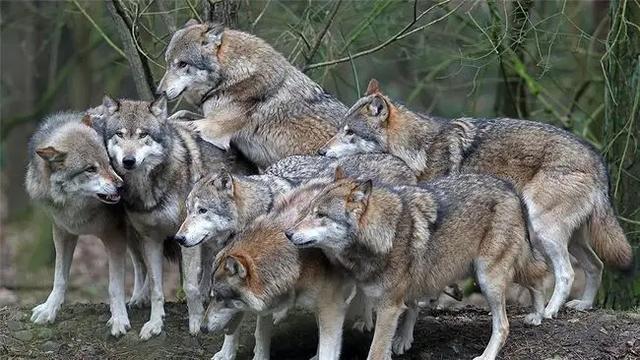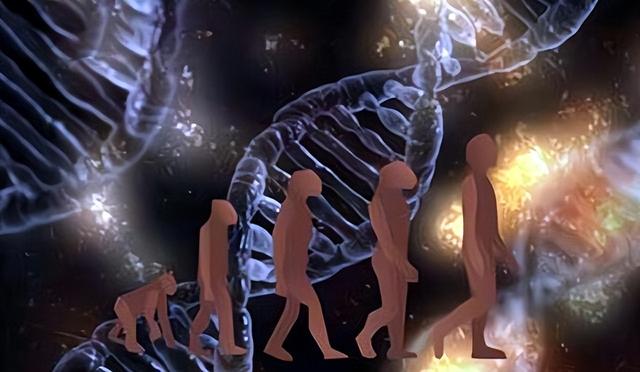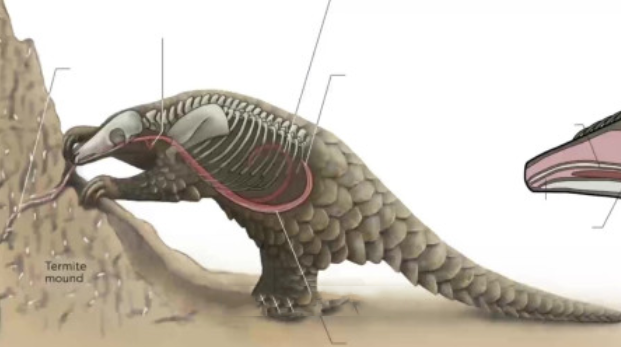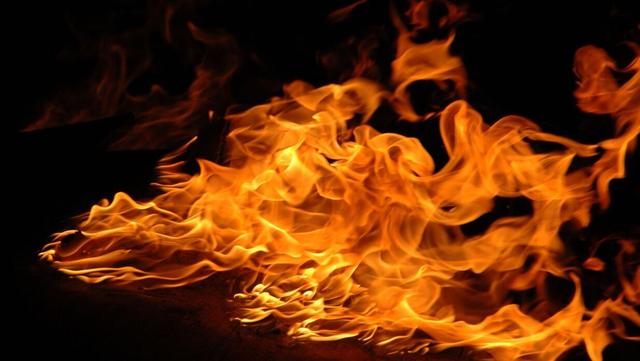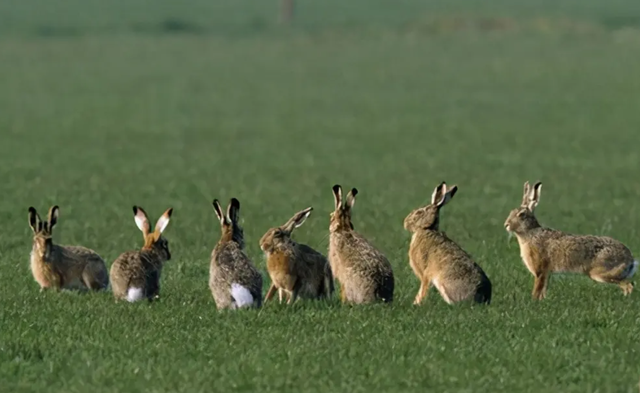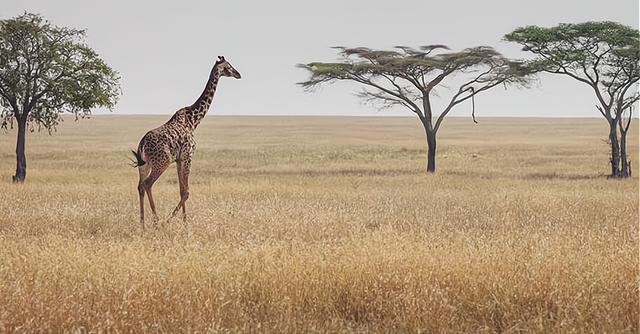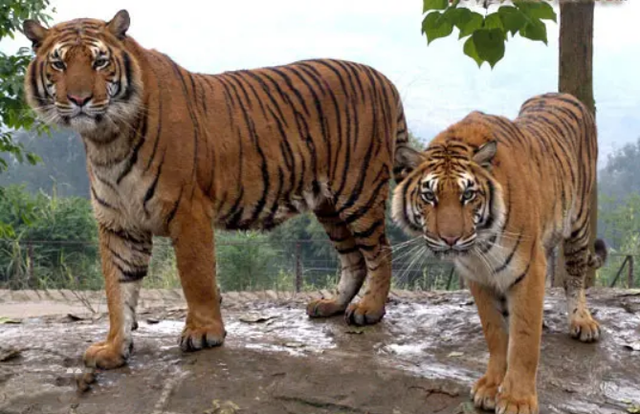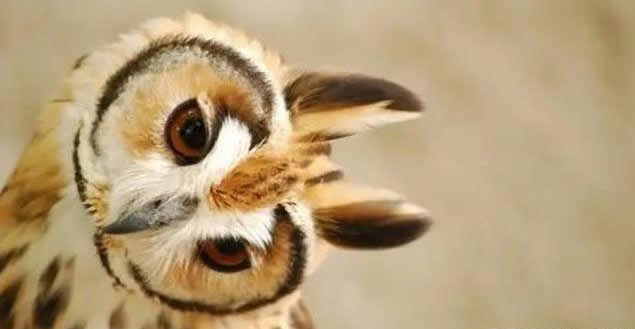A dog pouting with its front legs on the ground is an obvious "Stretching" Action, just as we habitually raise our arms and let out an "Ahh" After a long day at the computer. However, there are other reasons why dogs do this, which we will talk about below.

Although they have been domesticated for more than 10,000 years, some of the habits of wolves are still present in dogs. For example, although dogs are fed individually, they are still pack animals and can easily fit in with other dogs, and although dogs eat almost everything today, their digestive tract and dental structure are not very different from that of their ancestor, the wolf. The dog's digestive tract and dental structure is not very different from that of its ancestor, the wolf.
The dog's pouting habit also comes from the wolf, which is a kind of body language of the wolf.
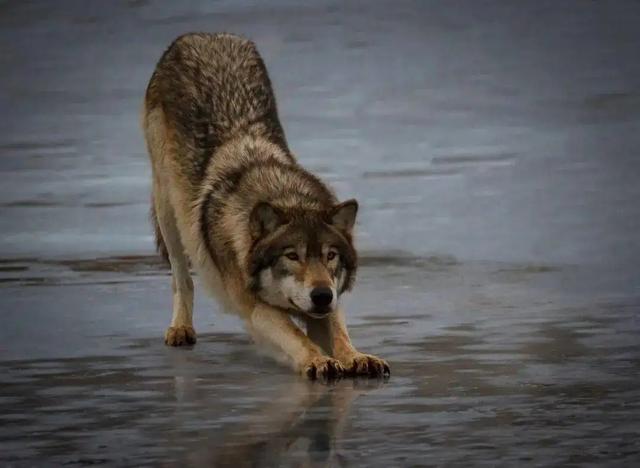
Alert state
In the wild, wolves are pack animals, and by living in packs they stand at the top of the food chain, but despite this, they also face threats every day.

When faced with a threat, especially when prey is snatched or when there is a territorial dispute between similar species, the wolf usually does not choose to run away, but chooses to circle. When circling, its first action is to move a certain distance away from the other party, then to get down on its predecessor and pout, which is the first action of the wolf's attacking behaviour.
This action has two advantages: Firstly, when it encounters its own kind, it can release more pheromones by raising its buttocks, thus scaring the opponent; secondly, this action is a preparatory action for running and jumping, which helps the wolf to respond to the opponent's changes in time.

Therefore, this action is actually a warning action of the wolf, which means that i am going to enter into battle next. In fact, the same is true for the dog, when a stranger comes to the house, his action is actually to stay in place, get down on his forelegs, cock his hips and bark wildly, and if he is not restrained, his next step is to jump and pounce.
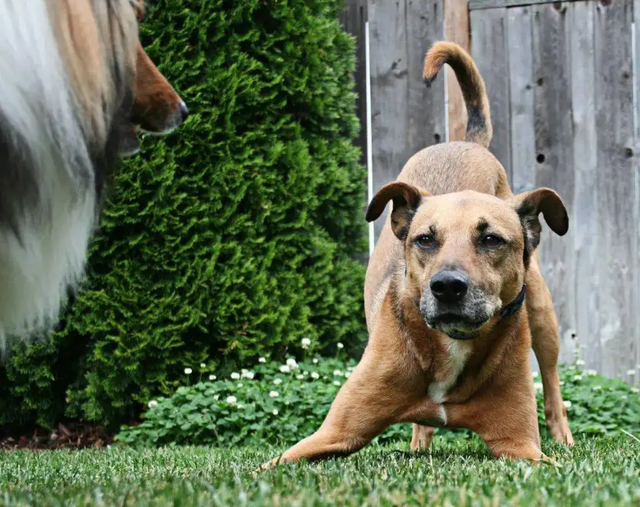
Expressing submission
Wolves are pack animals and they also have their own language. The language of wolves can be divided into two categories: Vocal language is what we often call wolf howling, which is usually used when their companions are far away from them, and when they are not hunting, they usually use body language to communicate.

The wolf's body language is very rich, including expression, tail, state of wolf fur and body movements, among which expression is usually showing teeth as a warning, and the height of the tail also reflects the status of the wolf in the pack. This means that the wolf is angry and ready to attack.
Finally, there is the physical action. In a wolf pack, members of the pack must show obedience to the wolf king from time to time, and the physical action to show obedience is divided into two kinds: Passive and active, in which the active one is that the wolf will slowly approach another wolf with a low posture and then lick the other wolf's face.
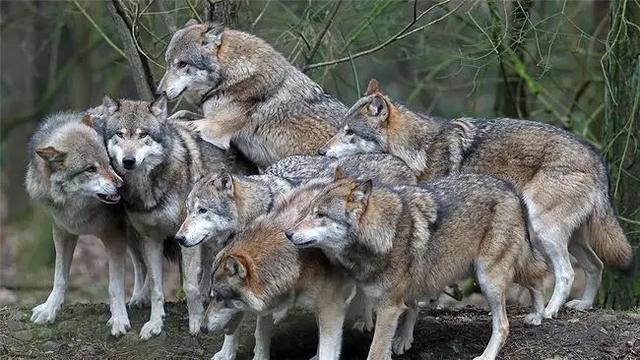
When passive, the wolf will appear to be lying on its forelegs and pouting, this action is to facilitate the other higher status wolf to sniff its anal glands, this action usually occurs when the king suddenly approaches a base wolf.
Although the dog appears to be separated from the pack, in the dog's eyes, the status of the owner is actually equivalent to that of the "Wolf king", so the dog shows this action as a kind of body language of submission and submissiveness.
========= figure 8 =======
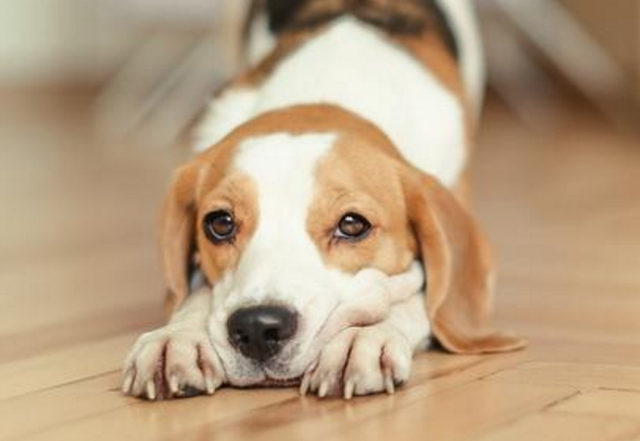
Oestrus
The rutting period of dogs has been 'altered' because their ancestors, the wolves, came into heat only once a year, usually in late winter, while dogs, unable to find a mate in time for human breeding (some studies have shown that dogs are well fed in captivity), have two rutting periods, usually in spring (march-may) and autumn (september-november).
In addition to swollen genitals, a distinctive feature of the female dog during oestrus is the stretching movement, which can be interpreted in two ways: Firstly, it is an uncomfortable movement during oestrus; secondly, it is a standard breeding movement. If the owner notices that the bitch is suddenly showing frequent movements during the regular months, he should be aware of this, and if he does not want her to breed, he should play with her more often to distract her.

Physical factors
For example, sometimes when we walk our dogs we find them chewing on grass. This is not certain to be due to illness, but it is included as the dog cannot digest coarse fibre grass, so it could be an urge to vomit, which means the dog is physically ill.
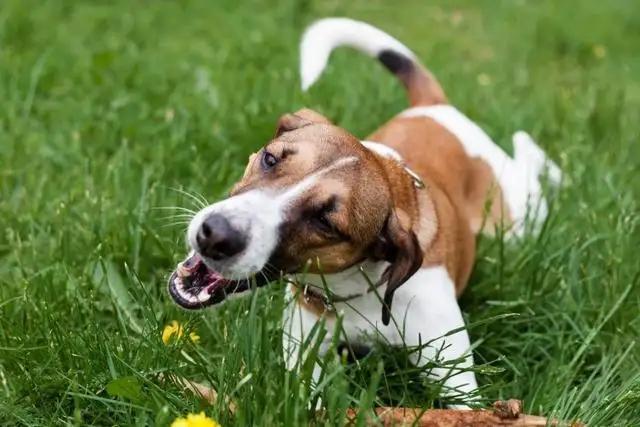
Likewise if the dog is not in heat and stretches frequently, this could be a sign of illness, especially gastrointestinal discomfort, and it is best to take him for a check-up, but it could also be due to a lack of exercise.
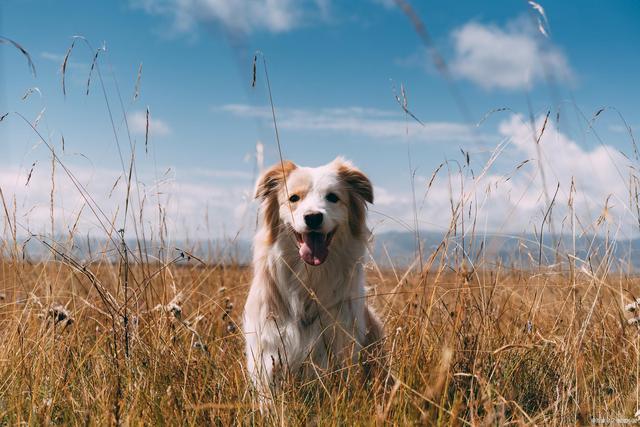
In general, the dog's action of lying on its front legs and raising its buttocks is stretching, which is a normal action, but based on the fact that the dog's ancestor, the wolf, also had similar actions, so it may be more than just expressing stretching. After all, even if it is submissive, we can't climb up and smell it like a wolf king, and with our sense of smell, we can't really tell.

